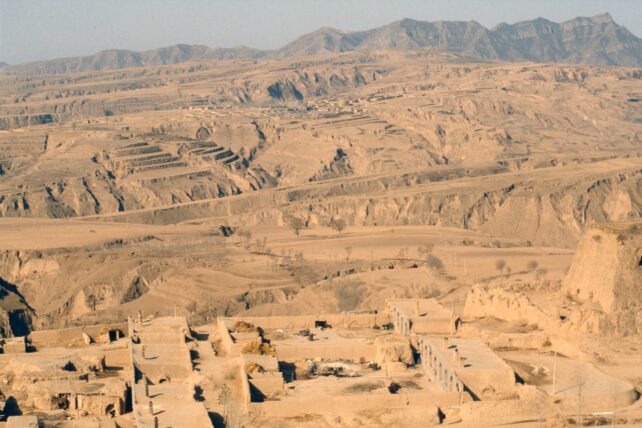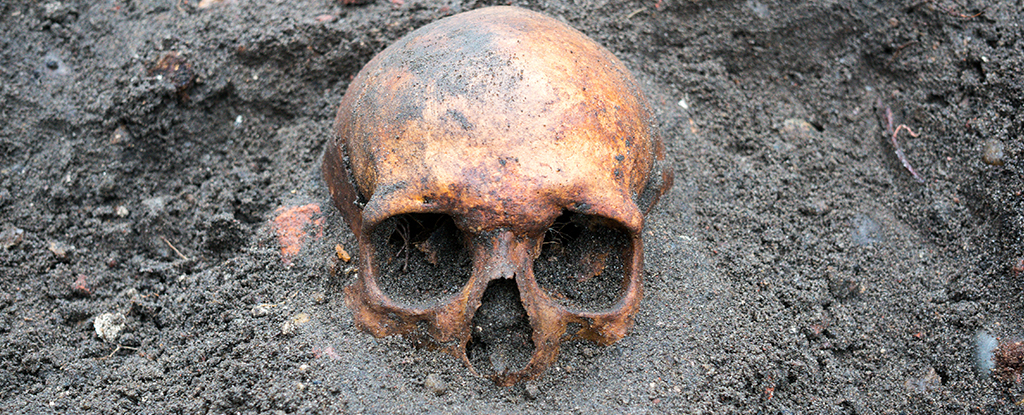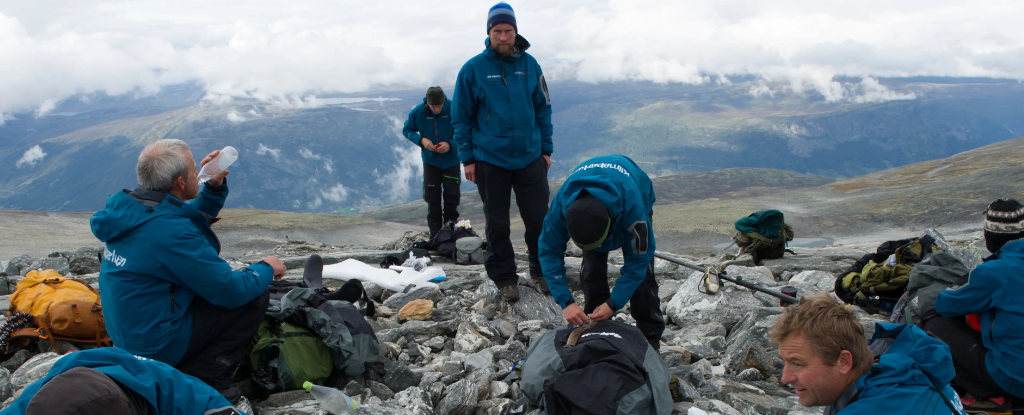There are many ways we humans have wreaked havoc on one another— nuclear weapons, pollution, the spread of deadly pathogensjust to name a few.
Although it’s hard to say for sure after many reports The deadliest day in human history was actually the result of a natural disaster. On the morning of January 23, 1556 a huge earthquake shook China’s Shaanxi Province, then known as the “Cradle of Chinese Civilization‘.
The tremor lasted only a few seconds, but it is estimated that it killed directly 100,000 peoplewith the ensuing cascade of landslides, sinkholes, fires, migration, and famine that is estimated to have killed a total of people 830,000 people.
Of course, that’s not nearly as high Total number of fatalities from major events such as WWI and WWI or even pandemics, famines or floods.
But considering a single day of devastation, the Shaanxi earthquake — also known as the Jiajing earthquake because it occurred under the rule of the Ming Dynasty Jiajing Emperor — is widely regarded as the earthquake the deadliest we know. It is also listed as deadliest recorded earthquake in the history.
The event is believed to have had only a magnitude of 8.0 to 8.3. Much more strong earthquakes occurred both before and after. However, due to the area’s geology and urban layout at the time, it caused disproportionate destruction in the surrounding cities of Huaxian, Weinan, and Huayin.
The local annals, the according to History.com date back to 1177 BC. and describe in rare detail the destruction caused by the quake.
A translated quote from the annals claims that mountains and rivers changed places.
“In some places the ground suddenly rose and formed new hills, or it fell abruptly and formed new valleys. In other places, a stream burst out instantly, or the ground broke open and new gorges formed. Huts, official houses, temples and city walls suddenly collapsed.”
It is reported that cracks more than 300 m wide opened in the ground 18 meters (60 feet deep).
In Huaxian, every single building is said to have collapsed and near the epicenter about 60 percent of the population was killed.
Despite its relatively small magnitude, the quake is listed as XI (Extreme) on the modified Mercalli intensity scale, which measures the intensity or tremor of an earthquake.
What made the earthquake so deadly?
The epicenter was in Wei river valley This is geologically unique because it cuts across the valley loess plateau in north-central China. The plateau lies below and forms from the Gobi desert Loess: a mud-like sediment formed by the accumulation of windblown dust eroded from the desert.
The plateau is now known for its regular, deadly landslides. But at that time many houses were built directly into the soft loess rocks, so-called artificial caves Yaodong’s.
When the earthquake struck in the early hours of the morning, many of these yaodongs collapsed, burying people inside and causing landslides that spread across the plateau.

It was not only the yaodongs, but also many buildings in the cities were made of wood heavy stone the collapse of which caused great destruction.
What caused the earthquake?
There are three major fault lines pass through the area: the North Huashan Fault, the Piedmont Fault and the Weihe Fault.
A 1998 Geological Analysis of the 1556 quake concluded that the North Huashan Fault played an important role in the event “because its magnitude and displacements are the largest in the study area.”
“We must consider the potential for active faults and prepare for another possible large earthquake in the region as the faults are now active.” concluded the researchers from Peking University.
According to History.comIndeed, the Shaanxi earthquake inspired a search for the causes of earthquakes and ways to minimize future damage from such disasters – stone buildings were replaced with softer, more earthquake-resistant materials such as bamboo and wood.
As humanity moves ever closer to the new ecologically And anthropogenic In the face of catastrophes, it’s a little humbling to think that the deadliest day could not have been triggered by us, but by rumbles deep within our planet.





